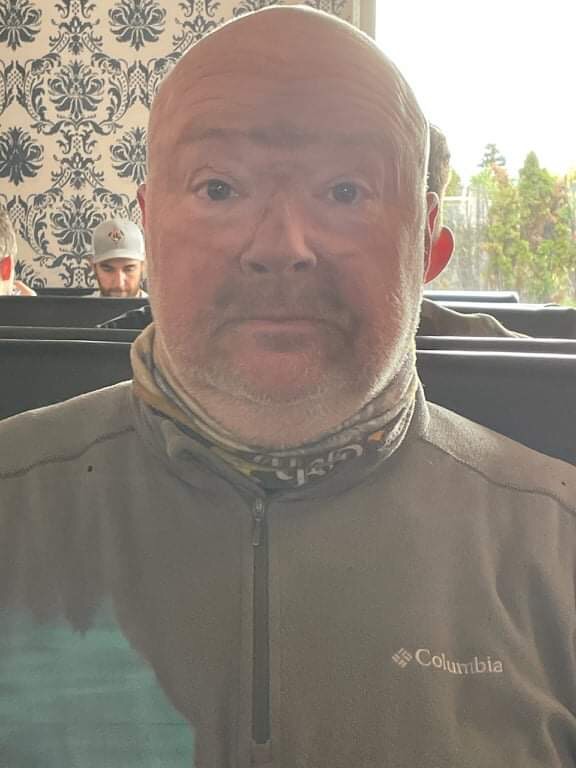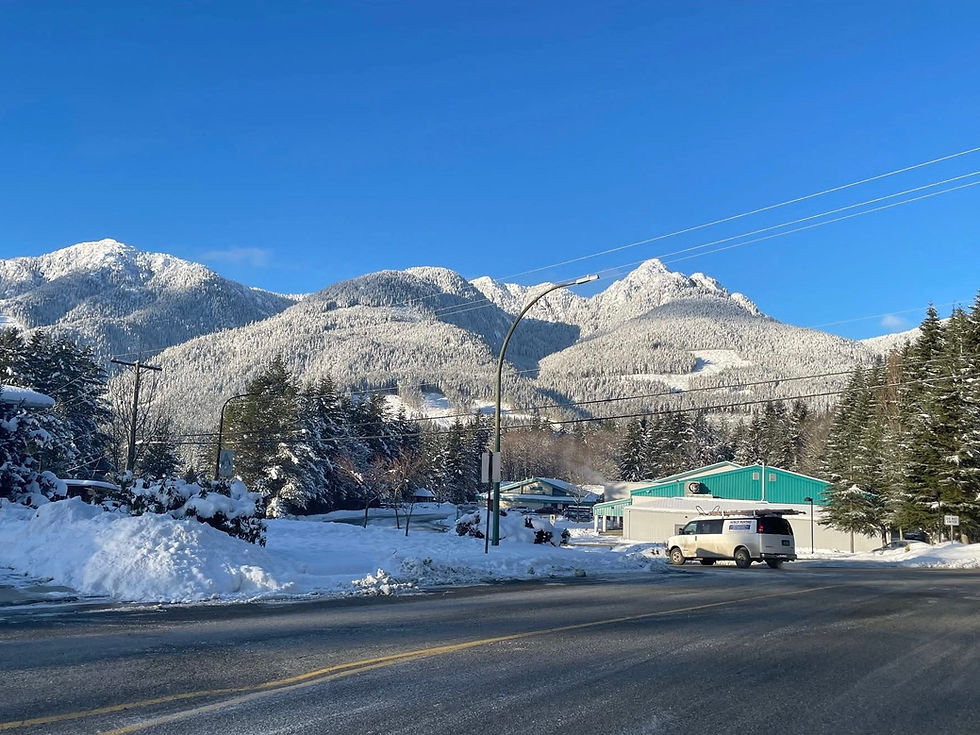
Distances, odometers, tripmeters, tangents and chords…
- Jonathan Binnington
- Apr 6, 2022
- 4 min read
Updated: Apr 8, 2022
April has arrived and route testing has begun. One of the first observations by one of the route-testers related to differences between the roadbook distances and the observed distance count on the vehicle speedometer.
I would like to apologise in advance to anyone reading this who already has a good understanding of measuring distances run and sources of errors between the Roadbook and your on-bike instrumentation. These words are not meant to insult your intelligence but to add to the knowledge of neophytes!
The feedback I received after one of the routes was tested was that the “distance travelled” indication on the speedo was different to the distance indicated on the roadbook.
There are a number of reasons for this and two sure-fire methods to minimise the error over a full stage.
To help understand the causes of the errors it might help to explain how the odomete/tripmeter and speedometer works.
The tripmeter (resettable odometer) works by counting the number of roadwheel revolutions and by knowing the circumference of the wheel/tyre it is possible to give an indication of distance travelled. The odometer counts the total distance the vehicle has travelled, the tripmeter is resettable to zero. Sometimes there are two separate tripmeters… more on this later.
The speedometer registers the distance travelled per an amount of time. In our experience the measure is usually kilometers per hour and the speedo indicates speed at any particular moment in time. It is also possible to arrange for a speedometer to give a speed over a long period of time as an average speed but given maintaining an average speed is one of the tests in Time-Speed-Distance rallies, they are usually not allowed…
Reasons for the errors between the odometer and roadbook:
1/ Your speedo/odometer is not calibrated correctly! This is highly likely since the rolling radius/diameter/circumference of your tyres could be anything other than what was originally specified when your vehicle was new…. Also, speedometers are required by law to never read slow (thereby giving speeding drivers an excuse when stopped for speeding…). Whether the speed over-reading comes from the distance measurement or the conversion to distance-per-time depends on how the speedo is built but the end result is the same - variation.
2/ The path you ride isn’t exactly the same as is plotted on the mapping app used to prepare the roadbook. Not only will you ride a slightly different route to the plotted route, the plotted route won’t necessarily follow the road exactly. Some of the twists and turns get ironed out, curves get “three pointed” into an approximation of the curve. (Tangents and chords around the curves).
3/. If you are using a GPS speed and distance system, you will probably find that that reads differently to both your speedo and the roadbook.
Over the complete distance of a stage, these errors accumulate. Say there is a 5% error between what your speedo (or GPS) says and what the Roadbook says. Over the course of 200km that will amount to a distance of 10km. Not any help if you are trying to find turn-offs down to the nearest 200m or so…
The Solutions - two now….
Take a look at the picture at the start of this article. The column of boxes down the left hand side.
The big number is the stage total distance. You will see that it increases, waypoint to waypoint and you make some kind of correlation at the start to what your odometer reads or you set one of your tripmeters to zero.
The small number in the bottom right hand corner of the Distance box is the waypoint number. 1=the start then sequentially to the finish.
The small number in the bottom left hand corner of the Distance box is the distance that waypoint is on from the last waypoint. In the example above, waypoint 2 is 0.21km on from waypoint 1. Waypoint 3 is 0.53km on from waypoint 2, giving a total accumulated distance of 0.74km. And So On….
Get the idea?
To eliminate the accumulation of errors, waypoint to waypoint if you reset your tripmeter (or use tripmeter 2 if you have one) each time you reach a waypoint, you will only ever have to deal with distance errors since the last waypoint rather than errors from every waypoint…
The distance between waypoint 5 and 6 is 1.62km, total distance is 3.31km.
By running the total elapsed distance with a 5% error (+or-ve for illustration) the accumulated error would be 165 meters.
By resetting the tripmeter at waypoint 5 and riding for an intended 1.62km the error would be 131metres.
As I said at the start of this, if you were 200km into a stage and running on total distance you would have accumulated a distance error of 10km. You could manage a distance error of a couple of hundred metres much more easily than ten kilometres…
So, use your resettable tripmeter to measure distances between waypoints rather than trying to match the overall stage distance.
Any Questions?
ADDENDUM: I have been playing with the Rally Navigator - Roadbook Reader (RR) app and seen that once you have opened the app (that has a speedometer, odometer, compass and clock in its displays), you are able to adjust the calibration of the odometer.
Method.
In Gaia, plot a 5km (or so) road route from your base. Gaia will give you a pretty exact/accurate distance measurement of your route.
Start Roadbook Reader and set the RR odometer to zero. Set your bike odometer to zero.
Ride the route and record the distances indicated by your odo’s on your bike and app.
Compare them to the distance indicated by Gaia.
In the RR app, tap the three little lines in the CAP HEADING box. This will open the settings page. Halfway down is an ODO Calibration feature +/- %.
Adjust the RR odo calibration and re-ride your known-distance route. Record the new results and repeat.
Finally, compare your speedometer odo reading to your (zeroed-in) RR odo…
BINGO! TWO METHODS TO MINIMISE ERRORS
Jonathan






Comments